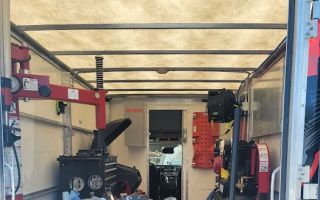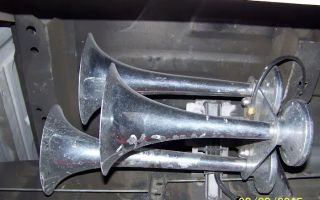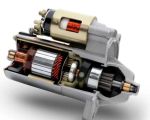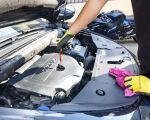- 1-Understanding-Transmission-Overheating
- 2-Common-Causes-of-Car-Transmission-Overheating
- 3-Signs-and-Symptoms-of-Transmission-Overheating
- 4-Immediate-Steps-to-Take-if-Transmission-Overheats
- 5-Long-Term-Solutions-for-Transmission-Cooling
- 6-Maintenance-Tips-to-Prevent-Overheating
1. Understanding Transmission Overheating
Car transmission overheating is a serious issue that can lead to costly repairs or complete transmission failure. The transmission is responsible for transferring power from the engine to the wheels, and overheating occurs when the fluid that lubricates and cools it becomes too hot, losing its effectiveness. Understanding why transmission overheating happens is critical for any vehicle owner, especially in demanding driving conditions.
Transmission fluid temperature above the normal range (usually around 175-200°F) can degrade the fluid’s properties, causing increased friction, wear, and damage to transmission components. If left unchecked, overheating can result in slipping gears, delayed shifting, or even a total breakdown, putting drivers at risk and potentially stranding them on the road.

Discount Transmission
14401 Hillside Ave., Jamaica, NY 11435, USA
2. Common Causes of Car Transmission Overheating
Several factors can contribute to transmission overheating. One of the most frequent causes is low or degraded transmission fluid. Old fluid loses its ability to dissipate heat and lubricate internal parts effectively. Another cause is towing or hauling heavy loads, which puts excessive strain on the transmission, generating extra heat.
Other issues include clogged transmission coolers, malfunctioning cooling fans, or problems with the transmission pump. Driving habits such as stop-and-go traffic, driving in hot weather, or aggressive acceleration can also increase transmission temperature. Identifying the root cause is vital to addressing the problem accurately.

Junior Auto Body Solutions LLC
10409c Merrick Blvd, Jamaica, NY 11433, USA
3. Signs and Symptoms of Transmission Overheating
Recognizing the symptoms of transmission overheating early can prevent further damage. Common signs include a warning light on the dashboard specifically for transmission temperature, unusual odors like burnt smells, and dark or burnt transmission fluid. Drivers may experience slipping gears, delayed or rough shifting, or a noticeable loss of power.
In severe cases, the vehicle may go into “limp mode” to protect the transmission, limiting speed and gear range. Hearing unusual noises like whining or clunking from the transmission area can also indicate overheating-related issues.
4. Immediate Steps to Take if Transmission Overheats
If you suspect your car’s transmission is overheating, safely pull over and turn off the engine to allow it to cool down. Continuing to drive with an overheated transmission can cause irreversible damage. Avoid heavy acceleration or towing until the issue is resolved.
Check the transmission fluid level and condition if possible. Adding the correct type of fluid might help temporarily, but this is not a permanent fix. If the fluid is dark or burnt, it needs replacement. Seeking professional help from trusted services like Rescue & Towing is highly recommended to diagnose and repair transmission problems.
5. Long-Term Solutions for Transmission Cooling
To fix car transmission overheating in the long term, several approaches are effective. Installing an auxiliary transmission cooler helps dissipate heat more efficiently, especially for vehicles used for towing or in hot climates. Regularly flushing and replacing transmission fluid ensures the system operates with clean, effective lubrication.
Addressing mechanical issues such as faulty fans or pumps promptly is crucial. Modifying driving habits to reduce strain, like avoiding excessive idling and heavy loads, also contributes to transmission health. Combining these measures helps maintain optimal transmission temperature and longevity.
6. Maintenance Tips to Prevent Overheating
Preventing transmission overheating requires proactive maintenance. Regular transmission fluid checks and timely replacements are foundational. Consult your vehicle’s manual for recommended fluid types and service intervals.
Periodic inspections of cooling system components, such as radiators, fans, and transmission coolers, help detect problems early. Keeping the vehicle well-maintained and addressing minor issues before they escalate is key to avoiding overheating.
For drivers who frequently tow or drive in extreme conditions, additional cooling accessories and professional advice from companies like Rescue & Towing can be invaluable in protecting transmission health.





























